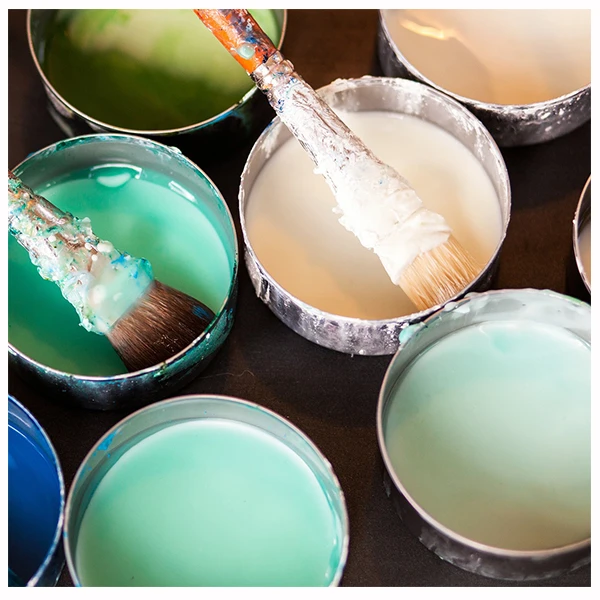Changes in Gloss Levels of Paint

It used to be that paint could be purchased in only three categories, which were flat, semi-gloss, and gloss. Unfortunately, modern paint manufacturers decided that this wasn’t a glamorous enough description, and now, you can find descriptors like silk, low luster, platinum, velvet, satin, and many more. That makes the concept of gloss levels both subjective and confusing. As an industry, how can you know what you’re getting when the manufacturers will use whatever word they want to describe the gloss level?
What Gloss Is
To understand what these changes are all about, it’s important to know what gloss is first. Put simply, gloss refers to the visual shine or luster of a surface. It relates to how people perceive the specular reflection of an object. In other words, gloss is determined by the reflection of light. That’s why it’s not particularly helpful to describe a gloss level as eggshell. With more than 40 different names describing a range between flat and semi-gloss levels, something needs to be done to make it possible for consumers to understand what they’re buying.
Gloss and Sheen Standards
Fortunately, help is on the way. New gloss level standards are changing the way that people understand paint and paint gloss. An organization known as MPI, or Master Painters Institute, has taken on the tough job of creating reliably gloss level categories. What’s unique about them is that they apply across the board, regardless of the manufacturer. This system has grown to the point where professionals like architects and interior designers have rely on the MPI gloss and sheen standards.
Gloss Meters
One of the ways to independently determine the gloss level of a surface is to use a handheld device known as a gloss meter. This shines a small beam of light at the surface and measures the specular reflection. Typically going with a 60-degree angle, the light deflected off of the surface is received by a receptor that gauges the intensity. With a higher intensity, the gloss is higher. In the case of MPI and its goal of providing standardized gloss levels across the board, they needed measurements that would be consistent. They viewed gloss on a scale of units from 0 to 100, with 0 being no gloss and 100 being a perfect mirror.
Ultimately, the benefit to consumers is that MPI’s work has allowed them to make easier comparisons. While their work isn’t done yet, they can see the day where paint marketers still call something a random descriptor, but conscientious paint buyers can ensure that they’re buying something in the right gloss level for the job. Thanks to their efforts, standardized gloss levels are becoming a reality.
If you’d like to know about Konica Minolta’s gloss meters or any of our other products, feel free to call us at +65 6895 8685, or you can contact us through our website.
About the Author: Alan Chua
Alan Chua is the Assistant Manager of Konica Minolta Sensing Singapore Pte Ltd. Graduated from an electrical engineering background, he is mainly involved in sales, seminar, training and coaching in the field of light and color management. In his 18 years of experience in managing and providing solutions to the many industrial applications, he has also conducted color seminars and workshops to educate the industry on instrumentation technologies and color science. He was also invited as speaker for The Academy of Fashion Professions (TaF.tc) seminar which is the training arm of Textile & Fashion Federation (TaF.f). He was also the speaker for the Color Cosmetics Conference.

